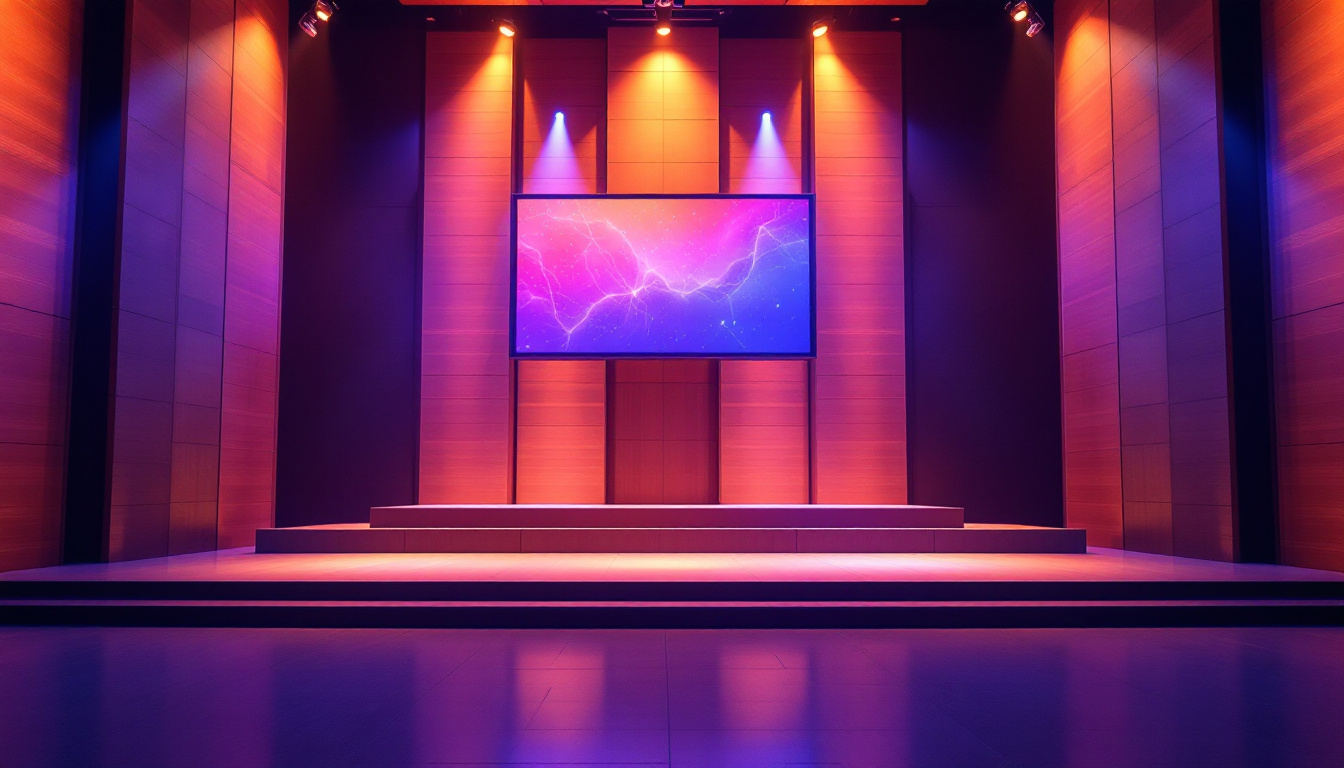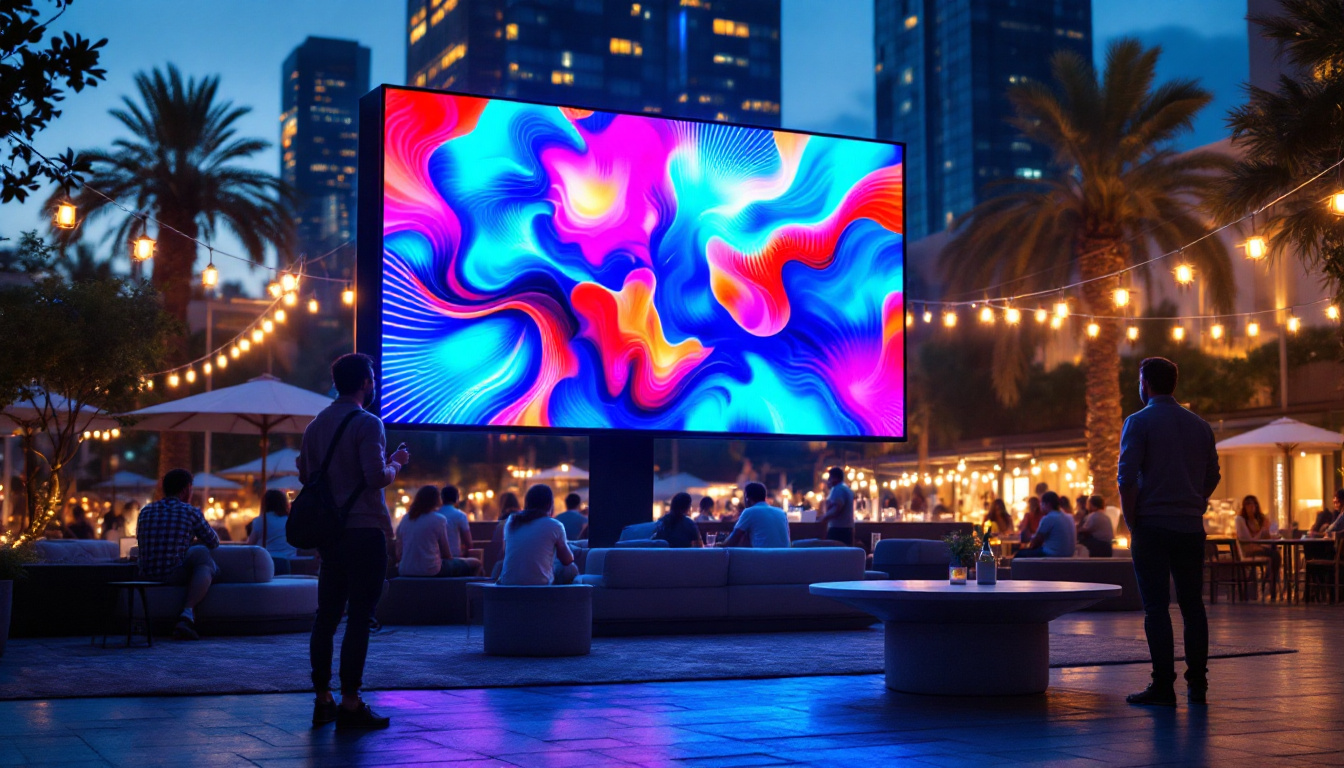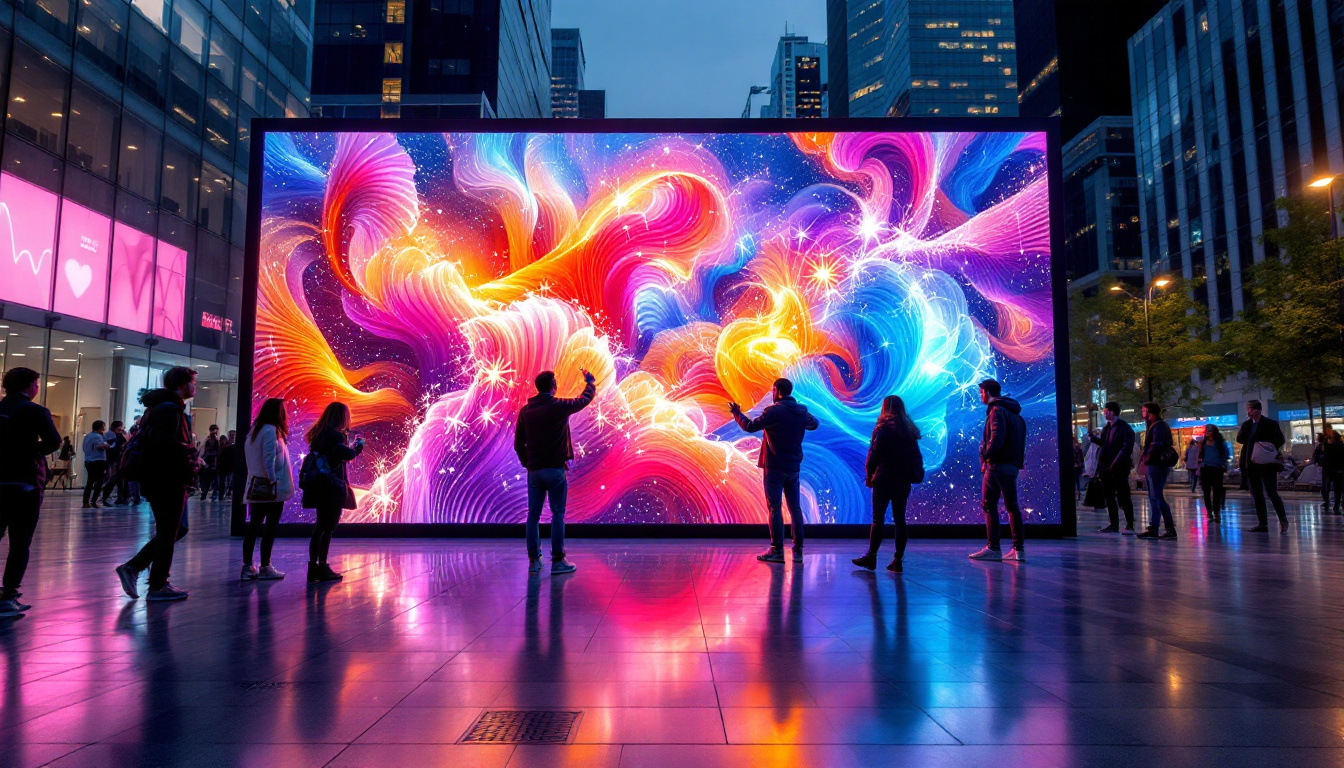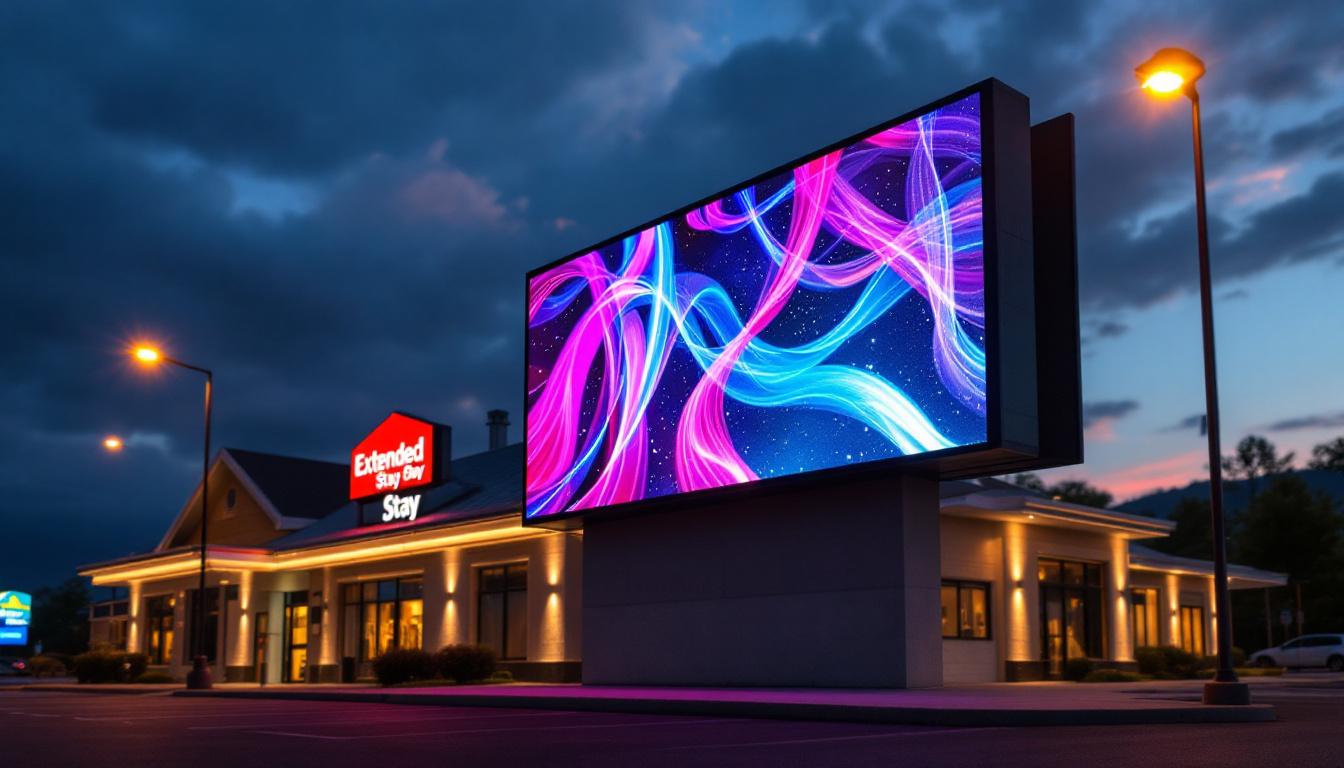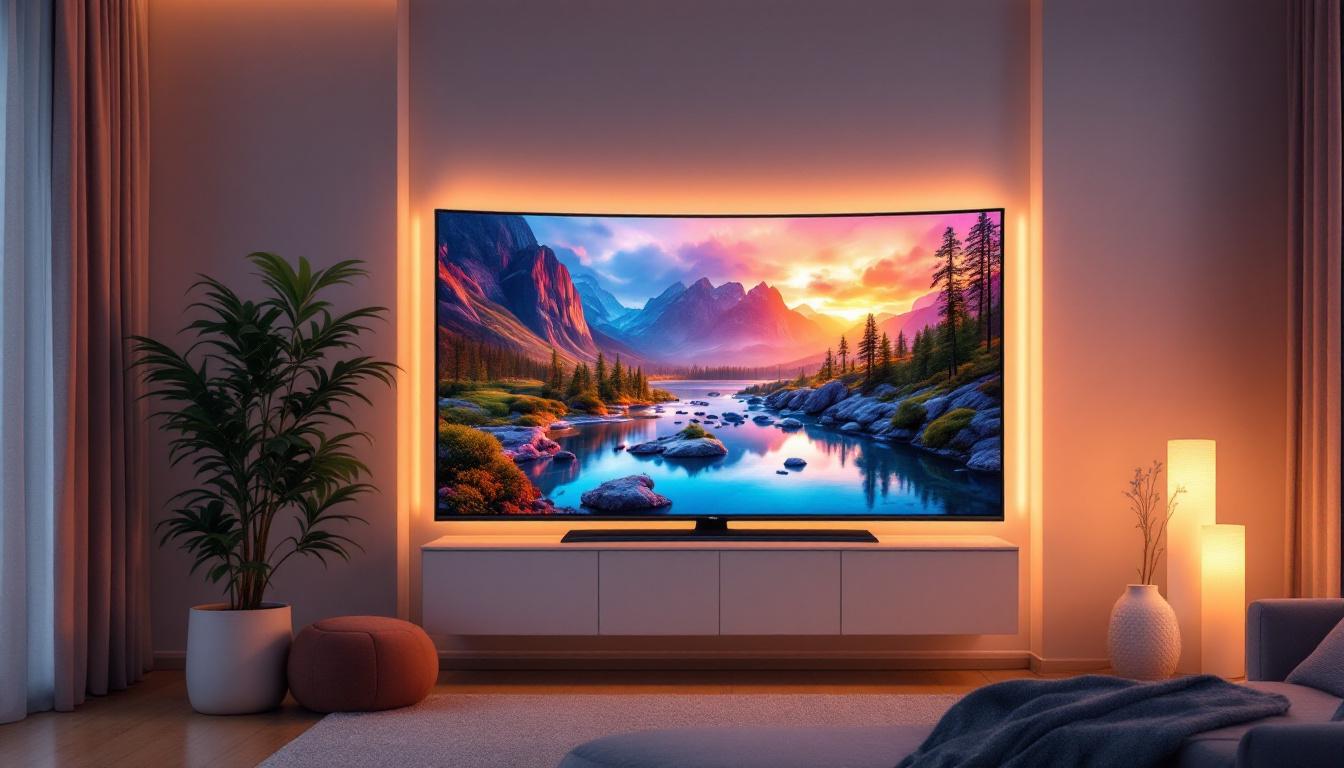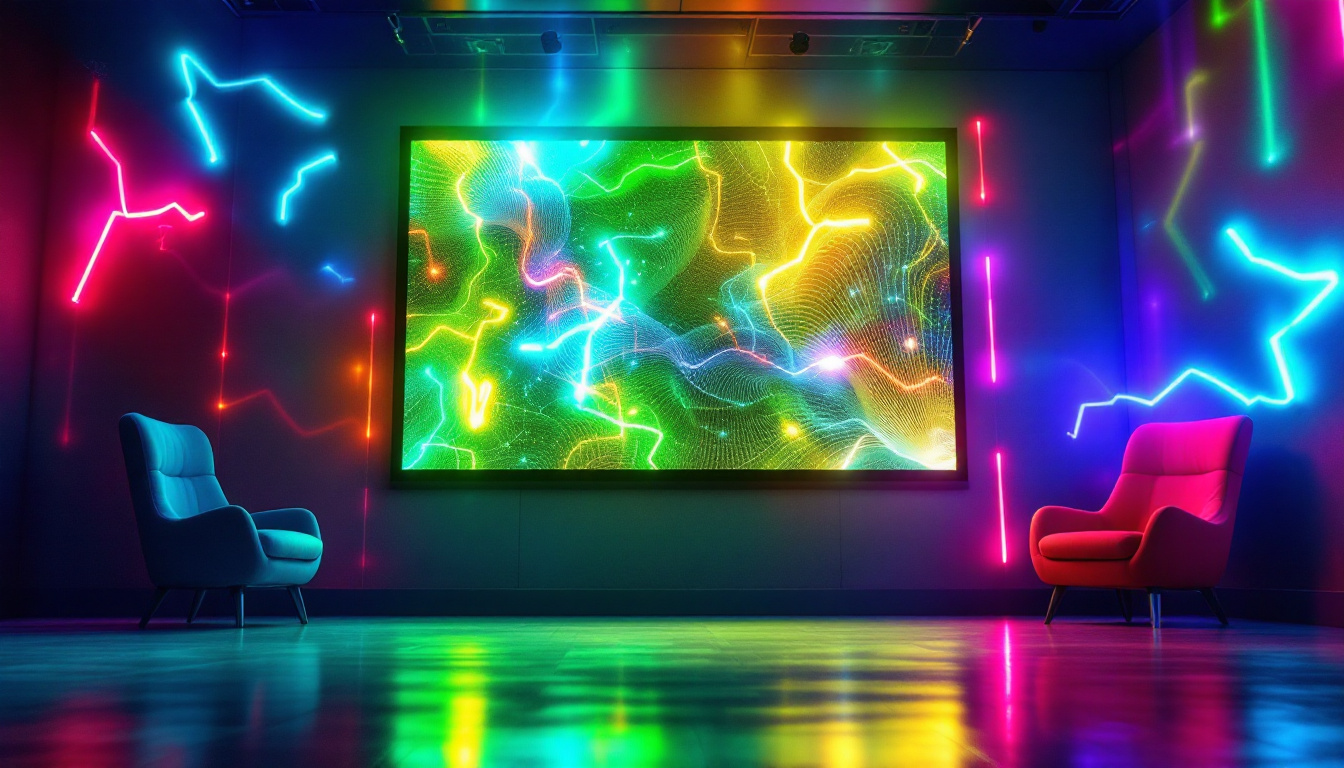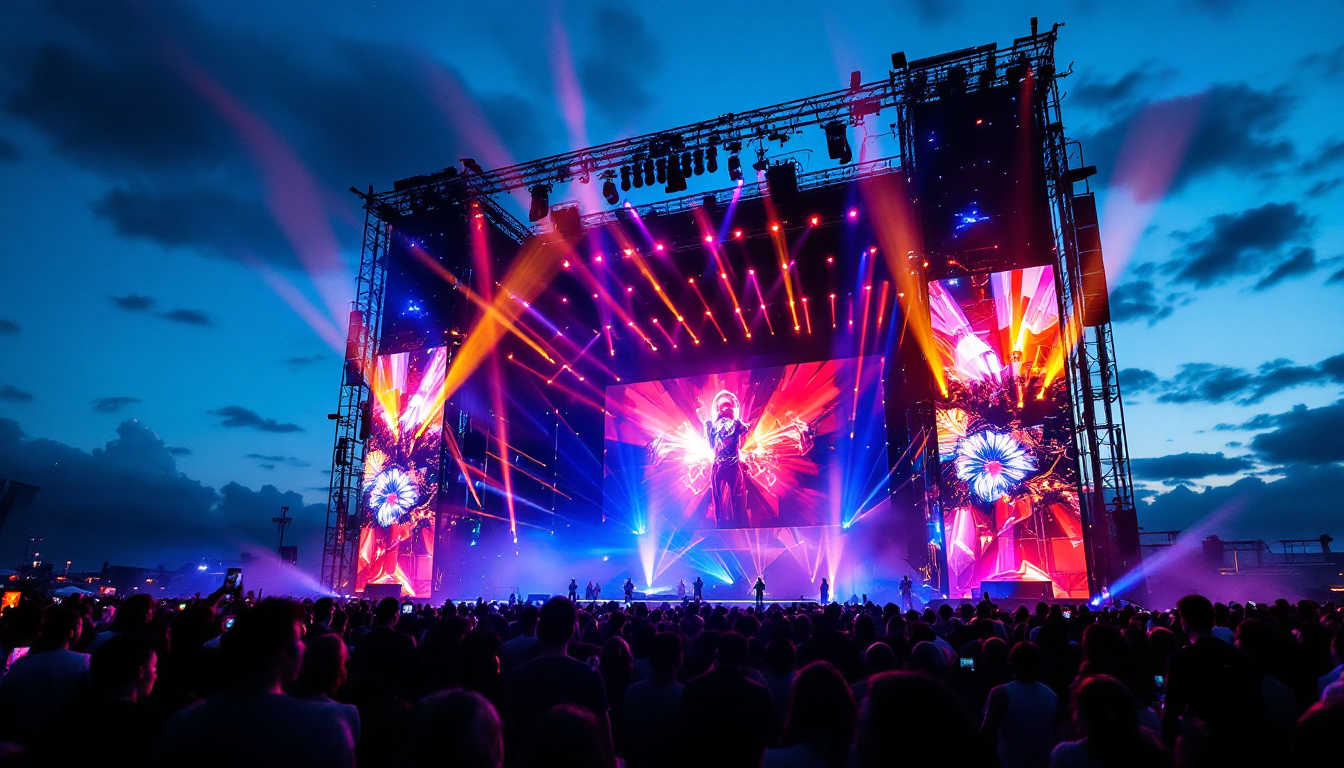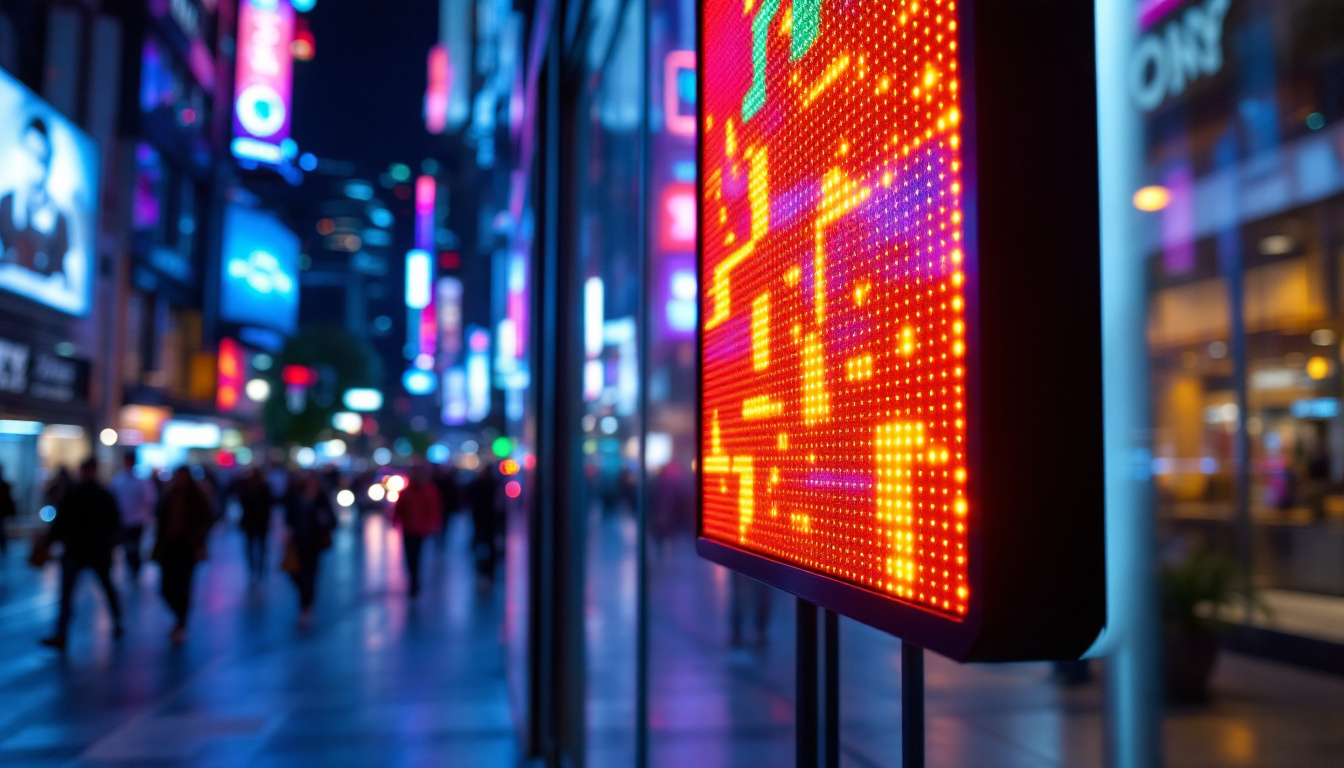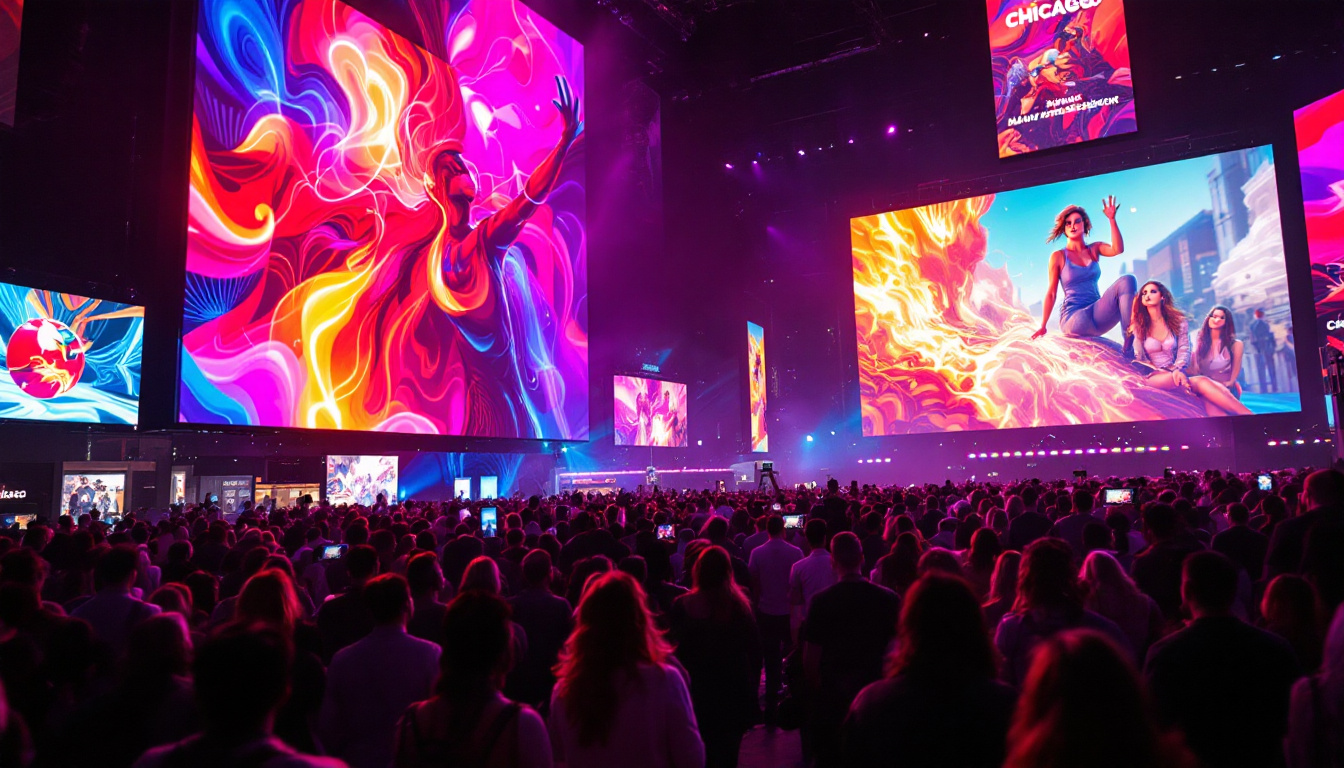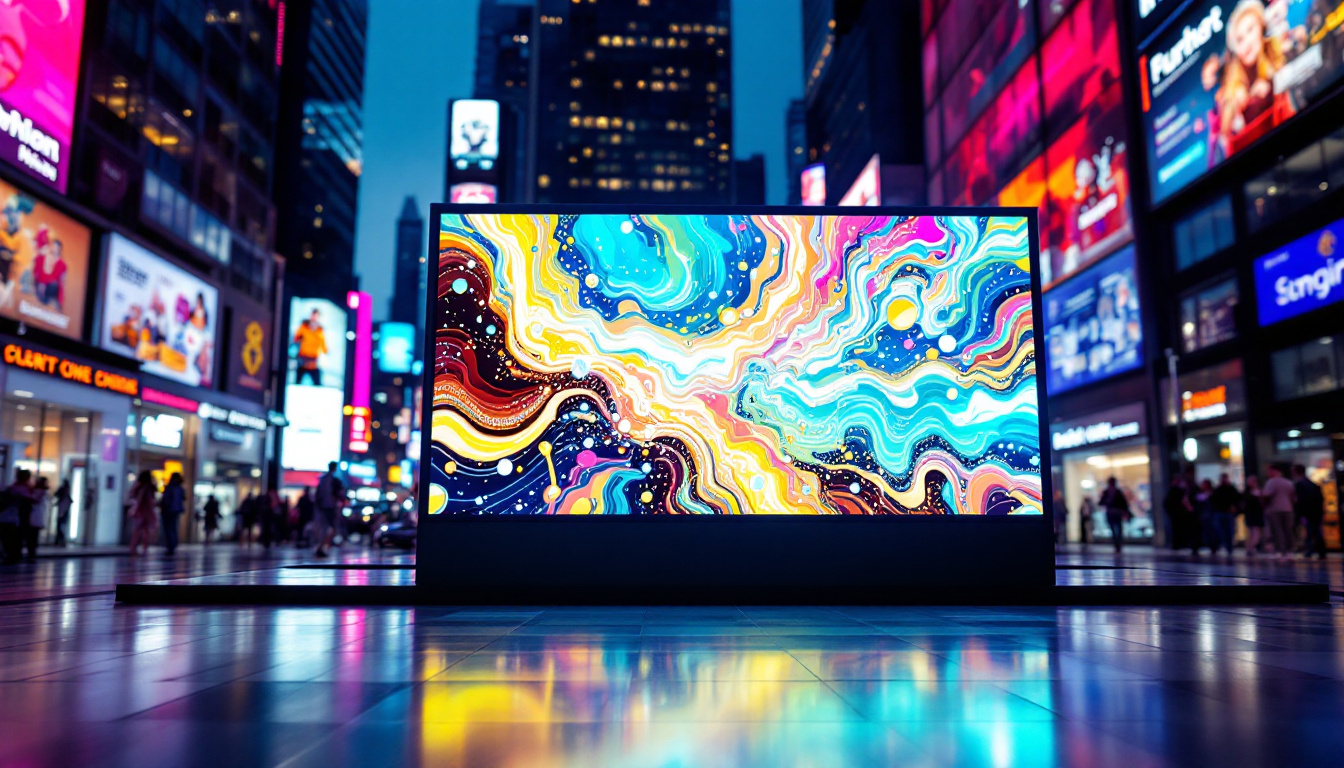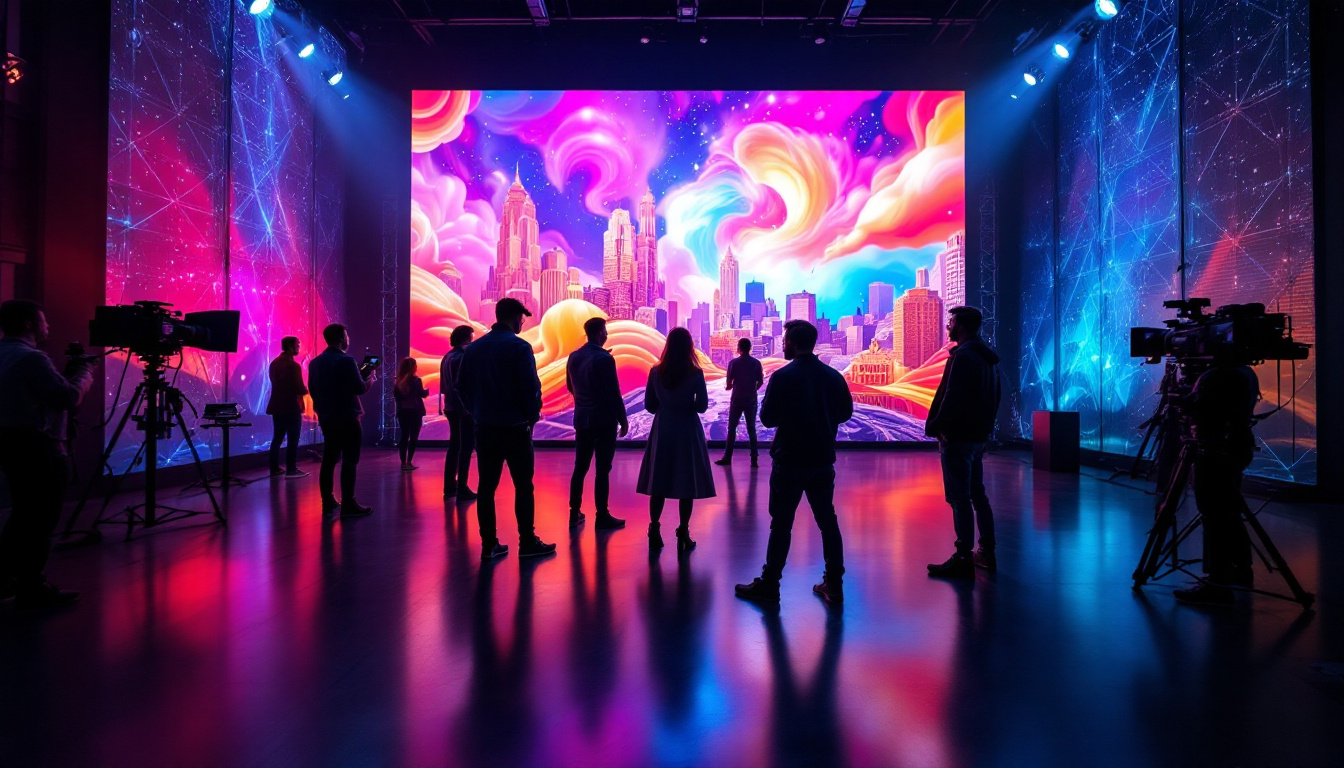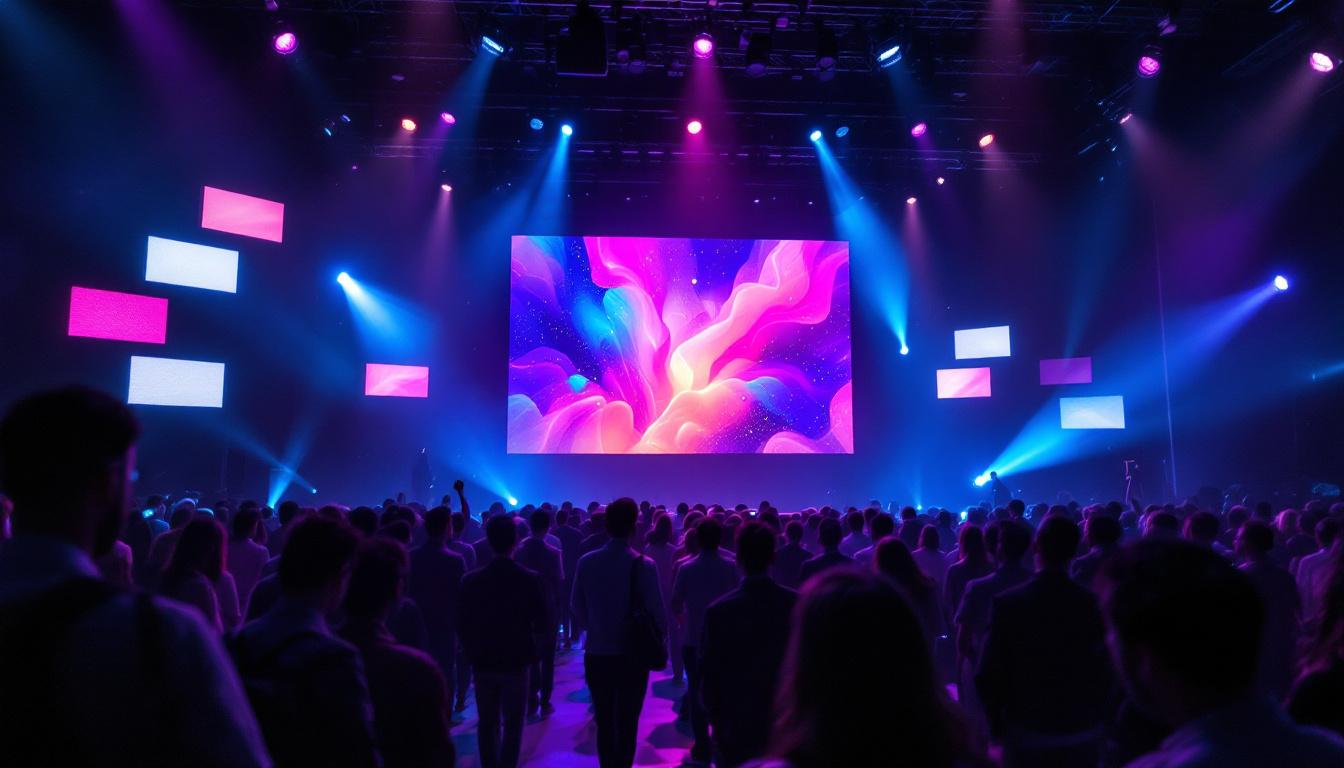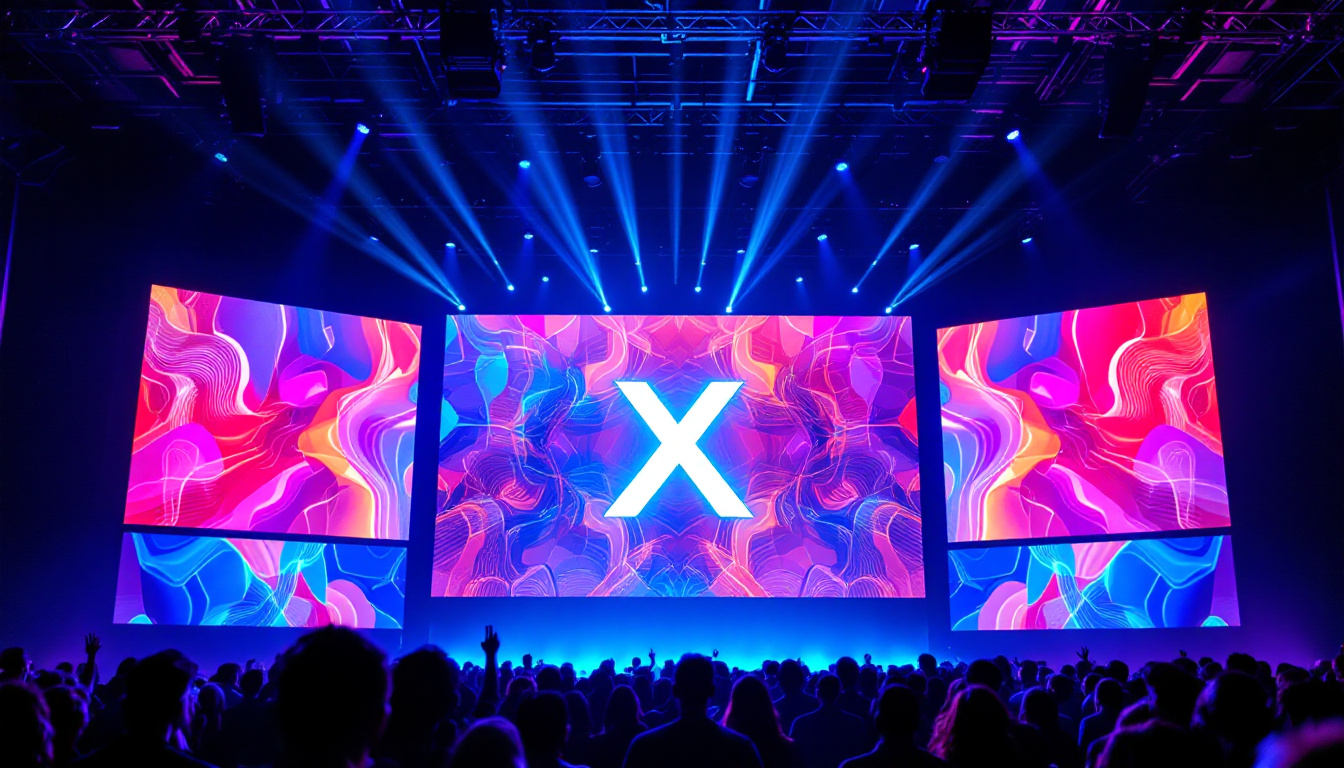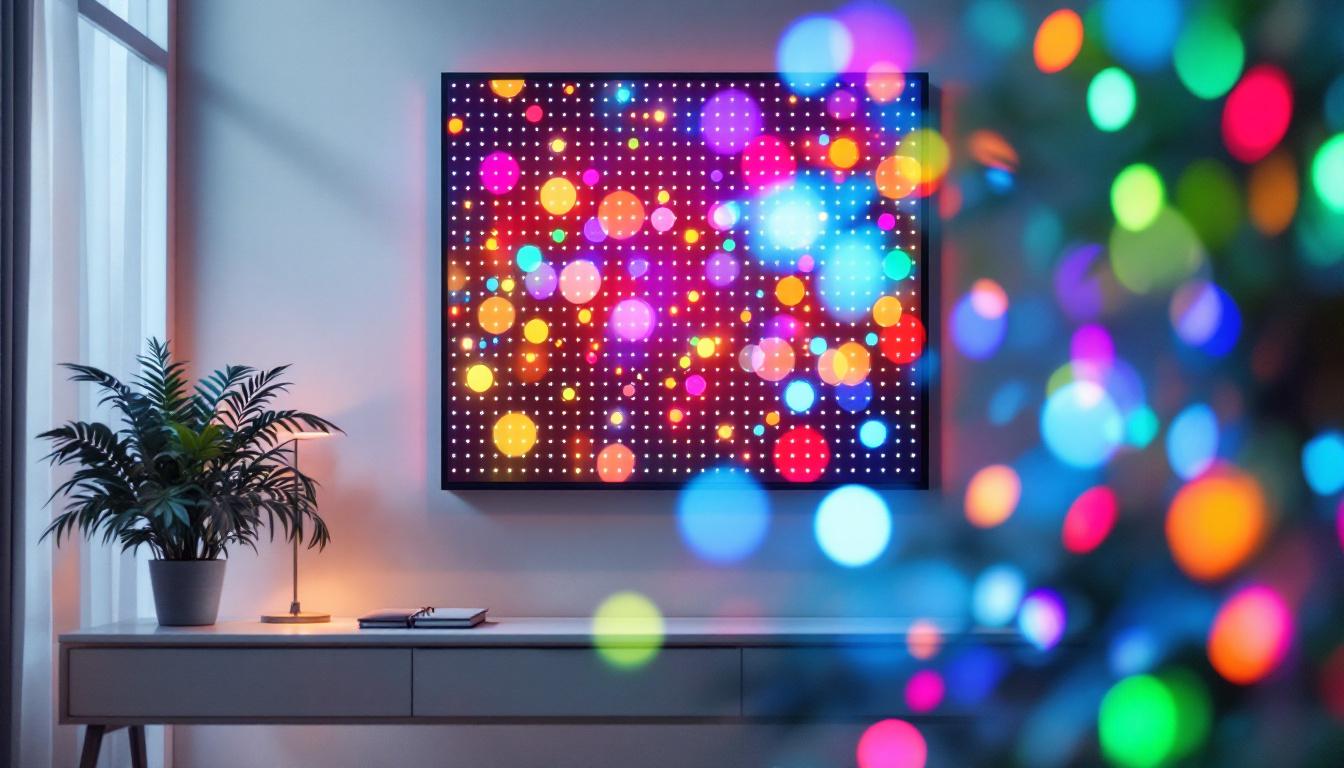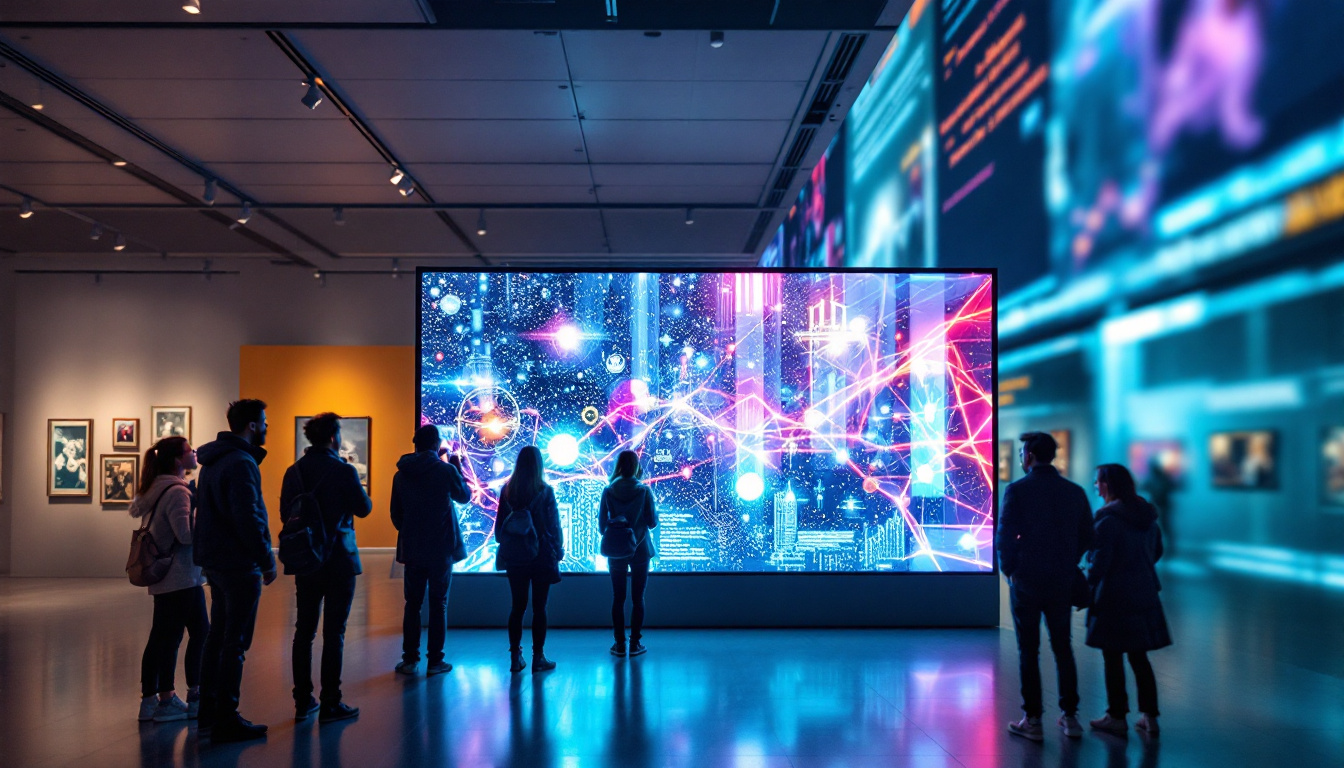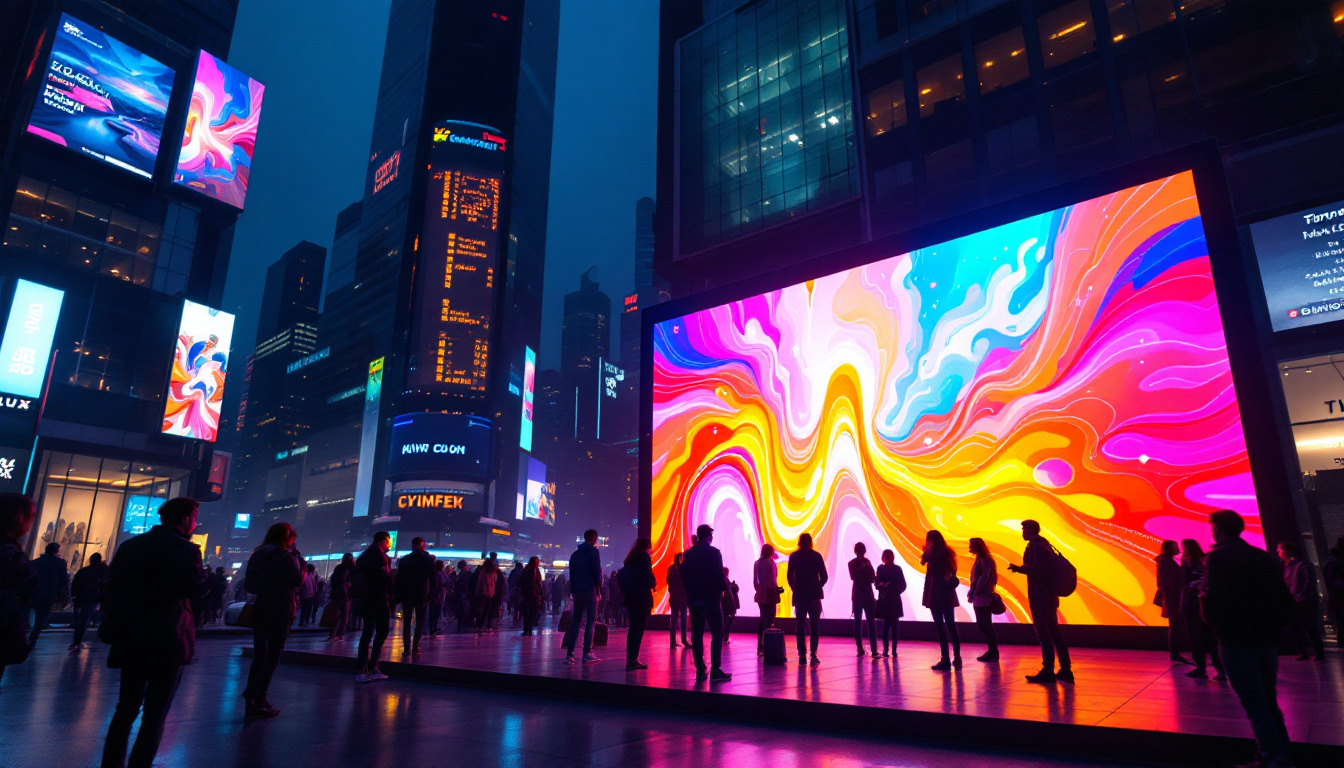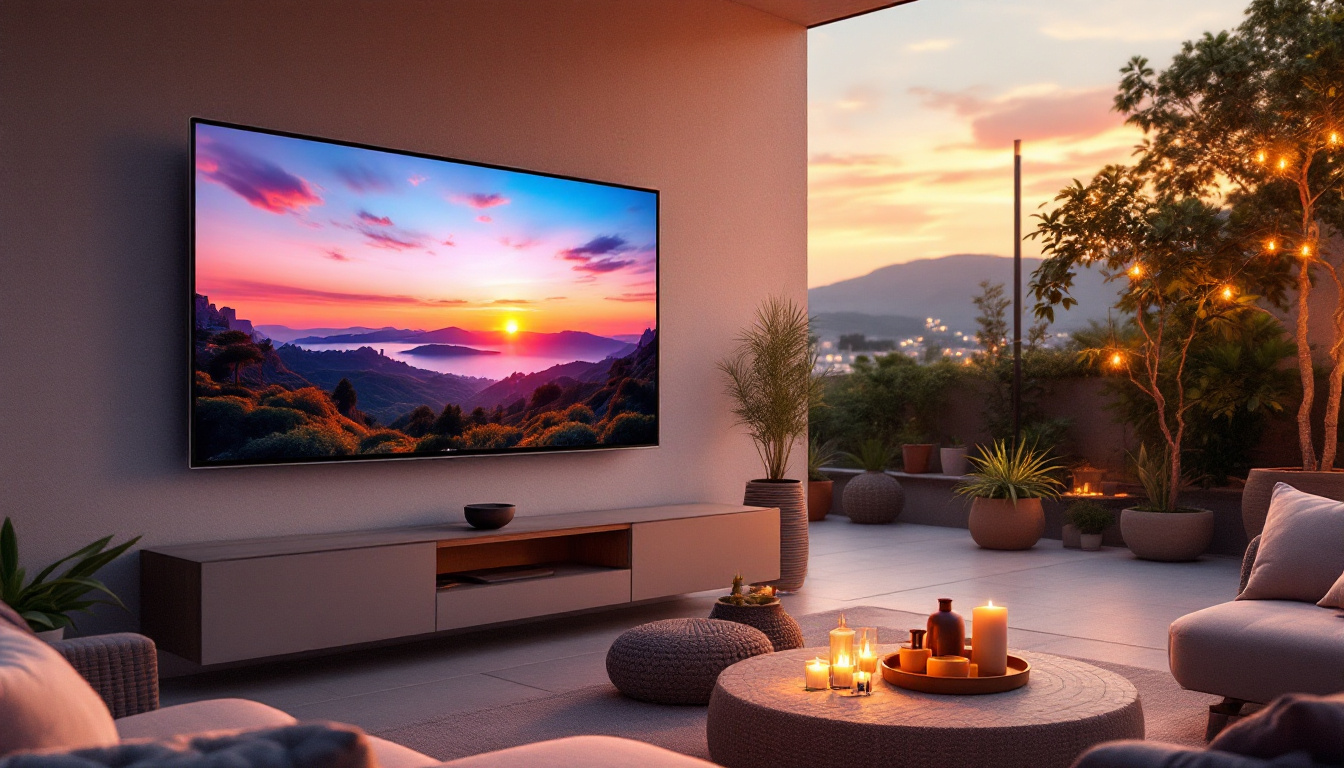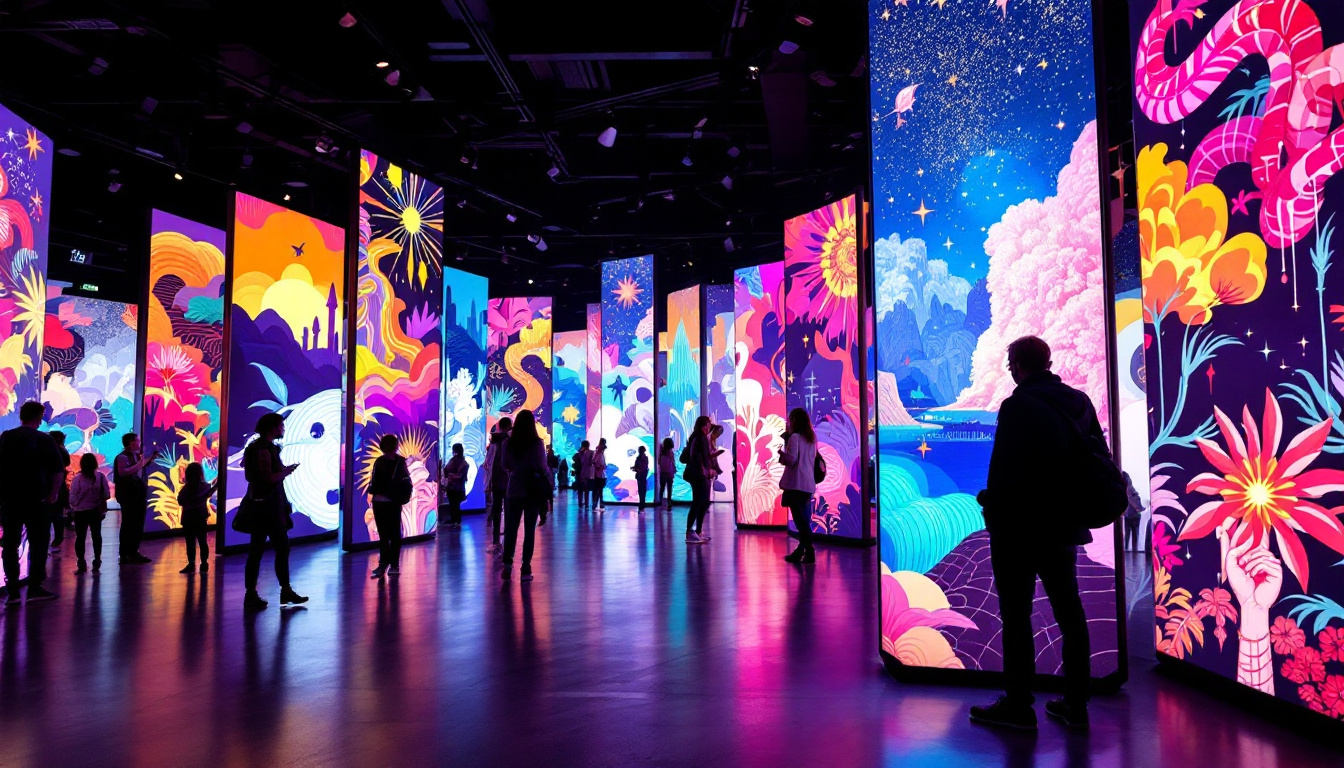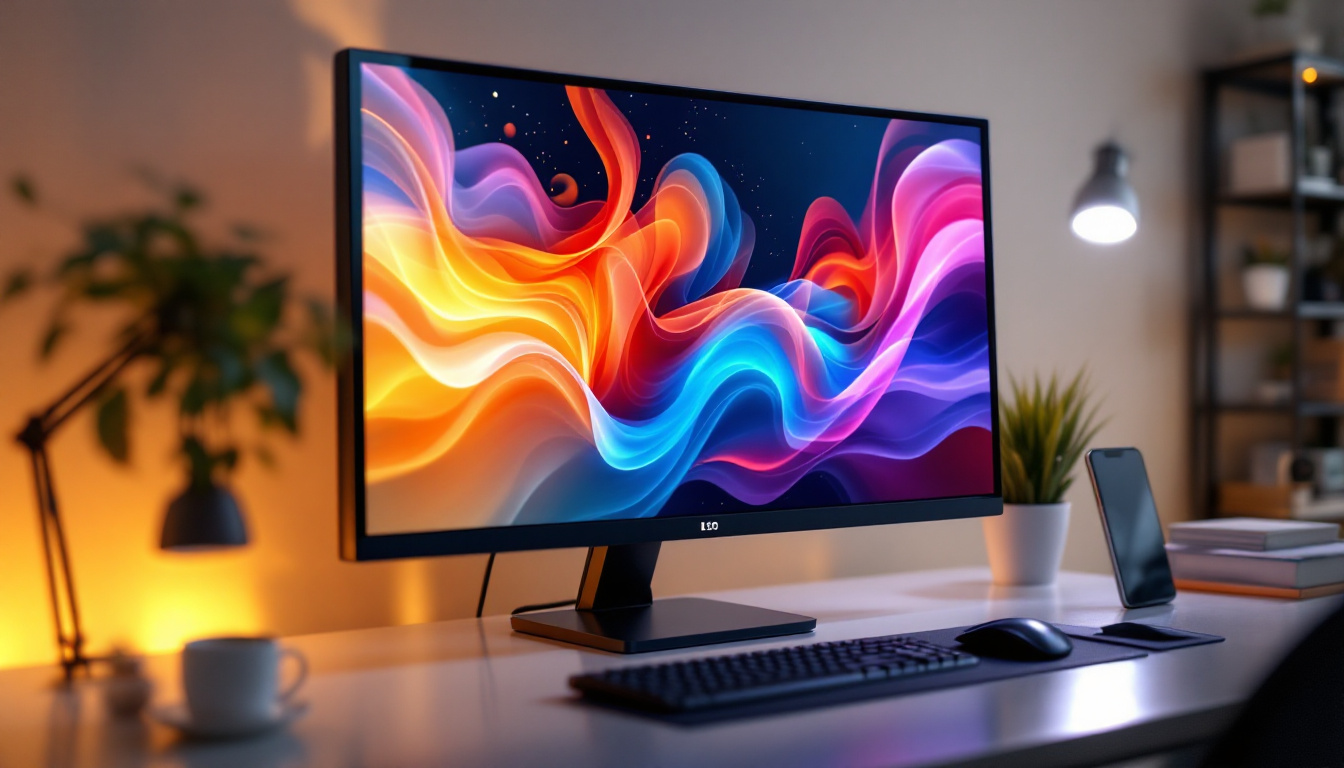In the world of digital displays, LED technology has revolutionized how information is presented, particularly in large formats. One of the most innovative applications of LED technology is the sphere screen, which offers unique advantages for advertising, entertainment, and information dissemination. This article delves into the intricacies of sphere screen size, its design, functionality, and the impact it has on various industries.
Understanding Sphere Screens
Sphere screens are spherical LED displays that provide a 360-degree viewing experience. Unlike traditional flat screens, these displays wrap around a spherical structure, creating an immersive visual experience that captivates audiences. They are often used in venues such as shopping malls, stadiums, and museums, where engaging the viewer is paramount. The unique shape of sphere screens allows for a more dynamic presentation of content, making it possible to display videos, animations, and graphics that envelop the viewer, thereby increasing the emotional impact of the visuals.
The Technology Behind Sphere Screens
At the core of sphere screens is LED technology, which utilizes light-emitting diodes to produce bright and vibrant images. The spherical design allows for a seamless display that can be viewed from any angle, making it ideal for environments where viewers are scattered around the display. This technology not only ensures high-quality visuals but also contributes to energy efficiency, as LED lights consume less power compared to traditional display technologies.
Additionally, sphere screens often incorporate advanced technologies such as 3D rendering and interactive capabilities. This enhances user engagement, allowing viewers to interact with the content displayed, thereby creating a more memorable experience. For instance, touch-sensitive interfaces or motion tracking can enable users to manipulate the visuals in real-time, fostering a deeper connection with the content. This level of interactivity is particularly appealing in settings like exhibitions, where engagement can significantly enhance the educational value of the display.
Applications of Sphere Screens
The versatility of sphere screens makes them suitable for a wide range of applications. In the retail sector, they serve as eye-catching advertising tools that draw customers’ attention. Brands can create captivating narratives that unfold around the viewer, making the shopping experience more immersive and enjoyable. This innovative approach to advertising not only increases foot traffic but also enhances brand recall, as customers are more likely to remember an engaging visual experience.
Moreover, sphere screens are increasingly being utilized in educational settings, where they can display complex information in an engaging manner. For instance, museums may use them to showcase historical events or scientific phenomena, providing visitors with an interactive learning experience. By employing augmented reality features, sphere screens can allow users to explore detailed models of ancient artifacts or visualize intricate biological processes, transforming passive observation into active exploration. This not only enriches the educational experience but also caters to diverse learning styles, making information accessible and engaging for a wider audience.
Determining Sphere Screen Size
Choosing the right size for a sphere screen is crucial, as it directly impacts visibility and viewer engagement. The size of the sphere screen is typically determined by several factors, including the viewing distance, the venue’s layout, and the intended use of the display.
Factors Influencing Size Selection
One of the primary considerations when determining sphere screen size is the viewing distance. For instance, a larger screen may be required in a spacious venue where viewers are positioned further away, while a smaller screen could suffice in a more intimate setting. The resolution of the display also plays a significant role; higher resolutions may allow for smaller screens without sacrificing image quality.
Another factor to consider is the content that will be displayed. If the sphere screen is intended for detailed visuals, such as text or intricate graphics, a larger size may be necessary to ensure clarity. Conversely, if the content is more general, a smaller screen may be adequate.
Common Sphere Screen Sizes
Sphere screens come in various sizes, typically ranging from a few feet in diameter to over 30 feet or more. Smaller screens, around 5 to 10 feet in diameter, are often used in retail environments or smaller venues. In contrast, larger screens are commonly found in stadiums, convention centers, and other large public spaces.
It is essential to note that the size of the sphere screen can significantly affect its cost. Larger displays generally require more materials and advanced technology, leading to higher installation and maintenance expenses. Therefore, careful consideration must be given to budget constraints when selecting a sphere screen size.
Design Considerations for Sphere Screens
The design of a sphere screen is not solely about size; it also encompasses various aesthetic and functional aspects. The visual appeal of the screen, its integration into the surrounding environment, and its ability to deliver high-quality content are all critical components of the design process.
Aesthetic Integration
In many cases, sphere screens are placed in prominent locations where they can serve as focal points. As such, their design should complement the surrounding architecture and branding. For instance, a sphere screen in a shopping mall may be designed to reflect the mall’s overall theme, using colors and graphics that align with the brand image.
Moreover, the mounting and structural support for the sphere screen must be carefully considered. The display should not only be visually appealing but also stable and secure. This often involves collaborating with architects and engineers to ensure that the screen is safely integrated into the environment.
Content Delivery and Management
Another critical aspect of sphere screen design is how content is delivered and managed. Advanced content management systems (CMS) are often employed to ensure that the right visuals are displayed at the right times. These systems allow for real-time updates, enabling operators to change content based on events, promotions, or audience engagement.
Furthermore, the ability to display high-quality visuals is paramount. Sphere screens should be equipped with high-resolution LED panels to ensure that images remain sharp and vibrant, regardless of the viewing angle. This requires careful selection of components and technology during the design phase.
The Impact of Sphere Screens on Audience Engagement
One of the most significant advantages of sphere screens is their ability to engage audiences in ways that traditional displays cannot. The immersive nature of these screens creates a unique viewing experience that captures attention and fosters interaction.
Enhancing Brand Experiences
For brands, sphere screens offer an opportunity to create memorable experiences that resonate with consumers. By utilizing dynamic content and interactive features, brands can engage viewers on a deeper level, leading to increased brand loyalty and recognition.
For example, a retail brand might use a sphere screen to showcase a new product line through immersive storytelling. By creating a narrative that unfolds around the viewer, the brand can create a lasting impression that traditional advertising methods may not achieve.
Interactive Features and User Engagement
Many sphere screens incorporate interactive features that allow viewers to engage with the content actively. This can include touch-sensitive interfaces, motion tracking, or augmented reality experiences. Such interactivity not only enhances viewer engagement but also provides valuable data on audience preferences and behaviors.
For instance, a museum may use a sphere screen to allow visitors to explore historical events interactively. By enabling users to select different time periods or locations, the museum can create a personalized experience that encourages exploration and learning.
Challenges in Sphere Screen Implementation
Despite their many advantages, the implementation of sphere screens is not without challenges. From technical considerations to logistical hurdles, several factors must be addressed to ensure successful deployment.
Technical Challenges
One of the primary technical challenges associated with sphere screens is ensuring consistent image quality across the entire display. Variations in brightness, color, and resolution can detract from the overall viewing experience. To mitigate this, manufacturers must employ advanced calibration techniques and high-quality components.
Additionally, the complexity of the content management system can pose challenges for operators. Training staff to effectively use these systems is essential to ensure that content is updated regularly and remains relevant to the audience.
Logistical Considerations
The installation of sphere screens can also present logistical challenges. The size and weight of the display may require specialized equipment and expertise for installation. Furthermore, ensuring that the screen is securely mounted and integrated into the venue’s infrastructure is crucial for safety and functionality.
Moreover, ongoing maintenance is necessary to keep the sphere screen in optimal condition. This includes regular cleaning, software updates, and hardware checks to prevent issues that could disrupt the viewing experience.
The Future of Sphere Screens
As technology continues to evolve, the future of sphere screens looks promising. Advancements in LED technology, content delivery systems, and interactive features are likely to enhance the capabilities and applications of these displays.
Emerging Technologies
Future developments may include the integration of artificial intelligence and machine learning into content management systems. This could enable sphere screens to deliver personalized content based on viewer preferences and behaviors, further enhancing engagement.
Additionally, improvements in LED technology may lead to even higher resolutions and brighter displays, allowing for more detailed and vibrant visuals. This could expand the potential applications of sphere screens, making them suitable for a broader range of environments and industries.
Expanding Applications
As sphere screens become more accessible and cost-effective, their applications are likely to expand beyond traditional settings. Industries such as healthcare, education, and corporate environments may begin to adopt sphere screens for training, presentations, and information dissemination.
Moreover, as virtual and augmented reality technologies continue to gain traction, sphere screens may play a crucial role in creating immersive experiences that blend the physical and digital worlds. This could open up new avenues for entertainment, education, and marketing.
Conclusion
Sphere screens represent a significant advancement in display technology, offering unique advantages for engagement, interaction, and visual storytelling. Understanding sphere screen size and its implications is essential for businesses and organizations looking to leverage this innovative technology.
As the industry evolves, the potential applications and capabilities of sphere screens will continue to expand, making them an exciting area to watch. Whether in retail, entertainment, or education, sphere screens are poised to redefine how information is presented and experienced.
In a world where capturing attention is increasingly challenging, sphere screens offer a compelling solution that combines technology, creativity, and interactivity. Their ability to engage audiences in immersive ways will undoubtedly shape the future of digital displays.
Discover the Future of Visual Engagement with LumenMatrix
Ready to elevate your audience’s experience with the immersive power of sphere screens? LumenMatrix is at the forefront of LED display innovation, offering a wide array of solutions that transform any space into a dynamic visual spectacle. From Indoor and Outdoor LED Wall Displays to specialized solutions like Vehicle and Floor LED Displays, our products are designed to captivate and engage. Embrace the future of digital storytelling with our cutting-edge LED display modules. Check out LumenMatrix LED Display Solutions today and see how we can help you make a lasting impression.


